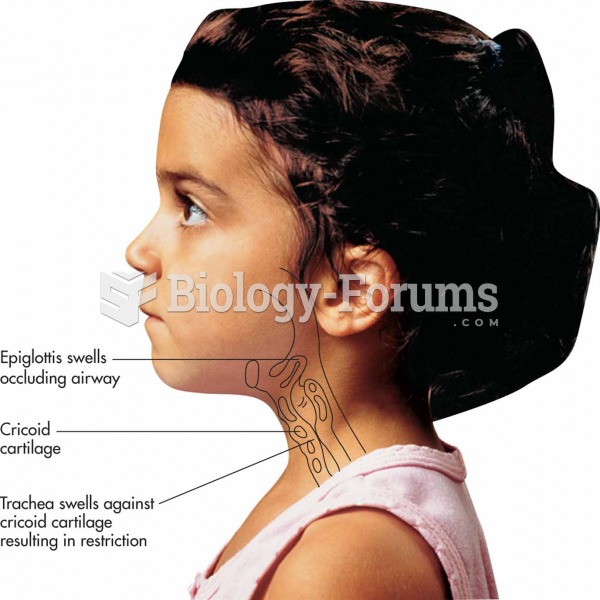|
|
|
Did you know?
The word drug comes from the Dutch word droog (meaning "dry"). For centuries, most drugs came from dried plants, hence the name.
Did you know?
People about to have surgery must tell their health care providers about all supplements they take.
Did you know?
The average adult has about 21 square feet of skin.
Did you know?
Vaccines prevent between 2.5 and 4 million deaths every year.
Did you know?
All adverse reactions are commonly charted in red ink in the patient's record and usually are noted on the front of the chart. Failure to follow correct documentation procedures may result in malpractice lawsuits.







